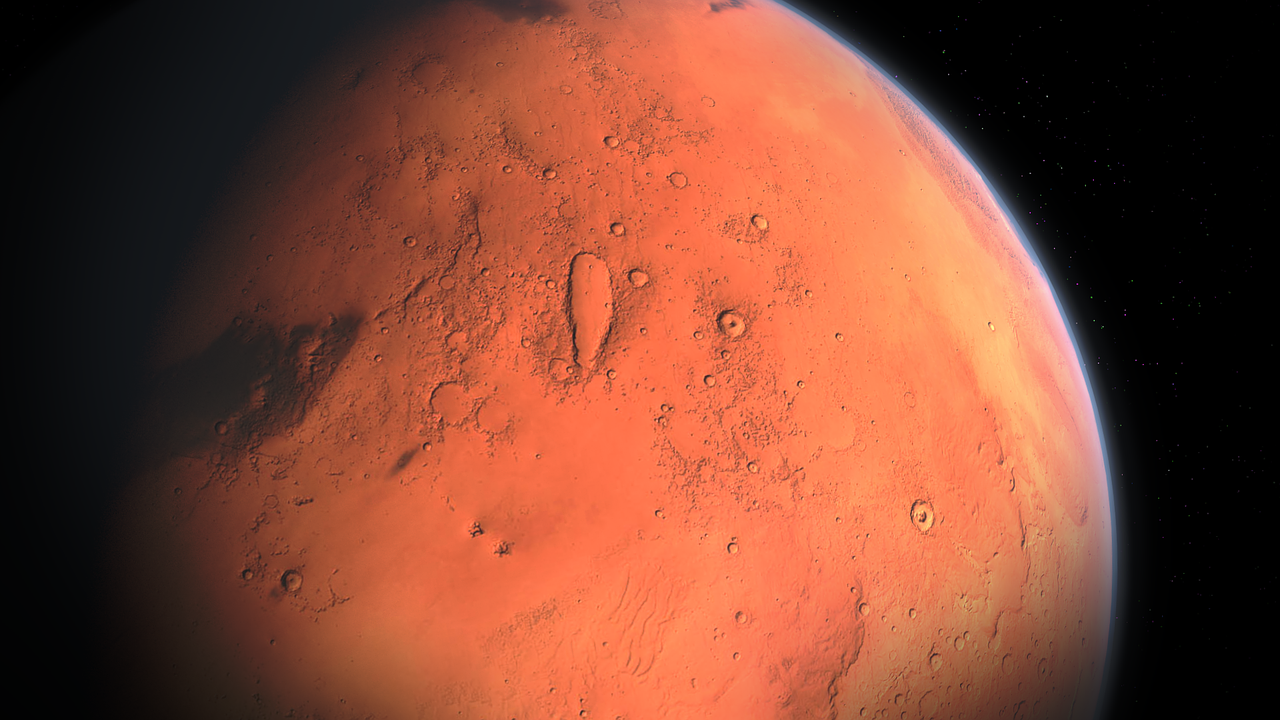A Swedish research group has played an important role in the discovery of a new type of planet. The unusual celestial body GJ3512b has led to new theories about how planets are formed.
The unique thing about the planet is its size. Never before has such a large planet been found around such a small star. The discovery, now published in the journal Science, has forced scientists to reevaluate theories of how planets are formed.
“We have come to the conclusion that the planet cannot have been formed by classical theories,” says Anders Johansen, astronomy professor at Lund University.
Has collapsed
According to the classic explanation, planets are formed by dust particles colliding with each other and then gradually forming larger bodies. But then the newly discovered planet, named GJ3512b, cannot have been formed.
The alternative theory is that the planet is formed in the same way that stars are formed.
– Here the theory is almost the opposite of the classic. We think it’s just a lump of gas and dust orbiting the star that then collapsed during gravity and formed a planet, ”says Anders Johansen.
The researchers believe the phenomenon is very unusual.
Larger than Saturn
The planet orbits a red dwarf star that is one-eighth the size of our sun. At the same time, the newly discovered planet is larger than Saturn, which is the second largest planet in our solar system.
But exactly how the planet looks is unclear, according to Anders Johansen.
– But if you guess a little you can imagine it is red or brown, he says.
The planet is one of the 4,044 exoplanets, ie planets that are in solar systems other than our own, which have been discovered since it was first registered in 1995. Often, the discovery of new planets raises questions about extraterrestrial life, but the chance of life on GJ3512b is very small.
– It’s far too cold because the planet is so far away from its star, says Anders Johansen.
The work on the new planet has been a collaboration between 160 researchers from 48 different universities. The discovery was made using the Carmenes instrument located at the Calar Alto Observatory in southern Spain.
Corrected: An earlier version incorrectly stated the relationship between the dwarf star and the planet. It is true that it is too far from the dwarf star.







